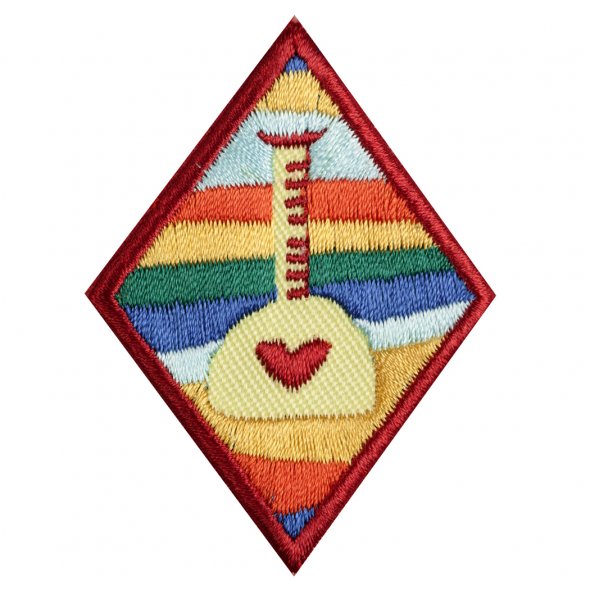 The last few weeks in our family we have played out a little experiment that has shown us how strong the neural pathways in our brain can be in driving our habits and patterns of behaviour and just how much you have to practice to change and overcome them.
The last few weeks in our family we have played out a little experiment that has shown us how strong the neural pathways in our brain can be in driving our habits and patterns of behaviour and just how much you have to practice to change and overcome them.
Just over 3 weeks ago we made some alterations to our kitchen. We added a few new cupboards and moved an island bench against the wall. Nothing major, but as part of it I rearranged the contents of the cupboards and drawers to make more sense with the new shape. The items that you probably use the most – drinking glasses, cutlery, cooking utensils and crockery all ended up in different spots (I didn’t have to move the cutlery but did it for fun!). And then as we went about our day we started to notice just how often we went to the wrong cupboard or drawer before correcting ourselves and heading to the right one. At dinner we would check in with each other to see how we were going.
I guess we were testing the saying 21 days to make a habit. We are now on day 25 and we are not there yet although we have progressed. Right from the start each of us could point to each cupboard and state correctly what was in them but it was putting it into practice that was the hard part – ie we knew where we wanted to go but didn’t always get there. In the beginning we would actually have to open the drawer or cupboard before we could correct ourselves and head to the right one. Now we still head to the wrong cupboard or drawer but can stop ourselves just before we open it. I thought perhaps the kids might work it out faster than the adults but they are at about the same spot – although it could be argued the adults get more practice so perhaps we are a bit slower.
Our experiment has all the things you might think makes change easier – a clear and consistent plan of where the items live (ie not random and moving); strong positive rewards for success (ie you need to open the right cupboard to find the plate so you can eat your dinner!); a small change which should be easier to manage (ie not everything changed); and daily practice. And yet we are into the 4th week and we are still not there yet.
For me this really highlighted just how hard change can be. Changing a few drawers and cupboards around is small scale, low stakes, low emotion change. Compare that to changing patterns of behaviour in a relationship – big scale, high stakes, high emotion change. Add to that emotional stress or other circumstances where your autopilot is likely to kick in and it can really feel like trying to walk up a mountain of crumbling dirt – you move a bit forward and slide back…But with the desire to persist anything is possible.
Xx Catriona
Photo credit - a Girl Guide badge for learning about happiness and doing happiness experiments on you family
